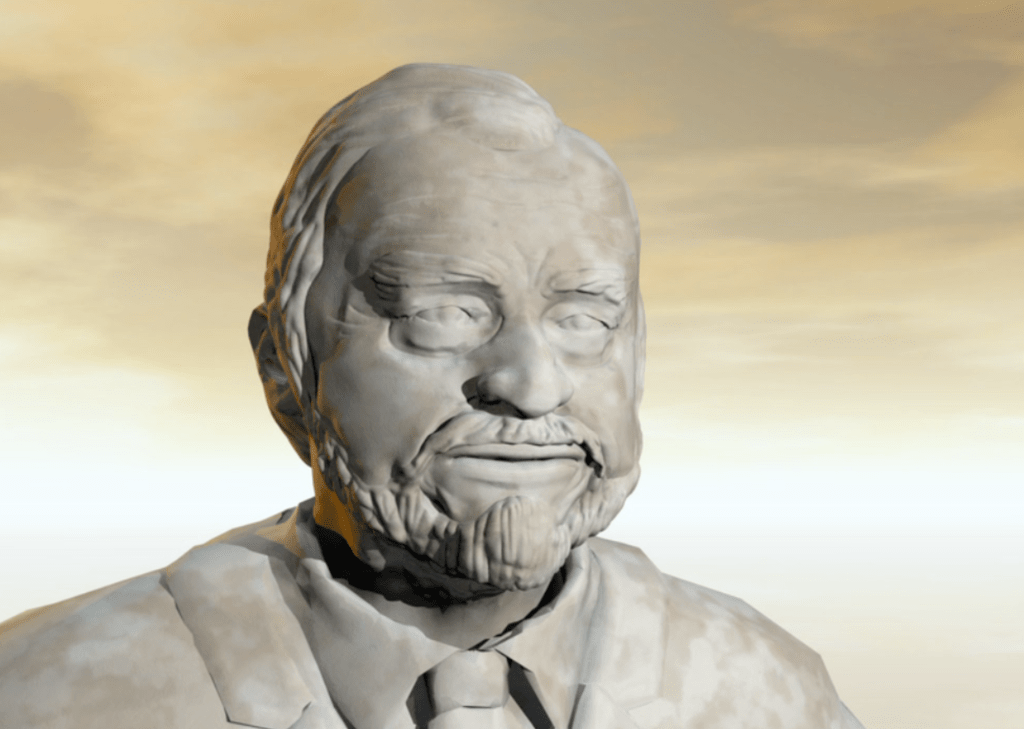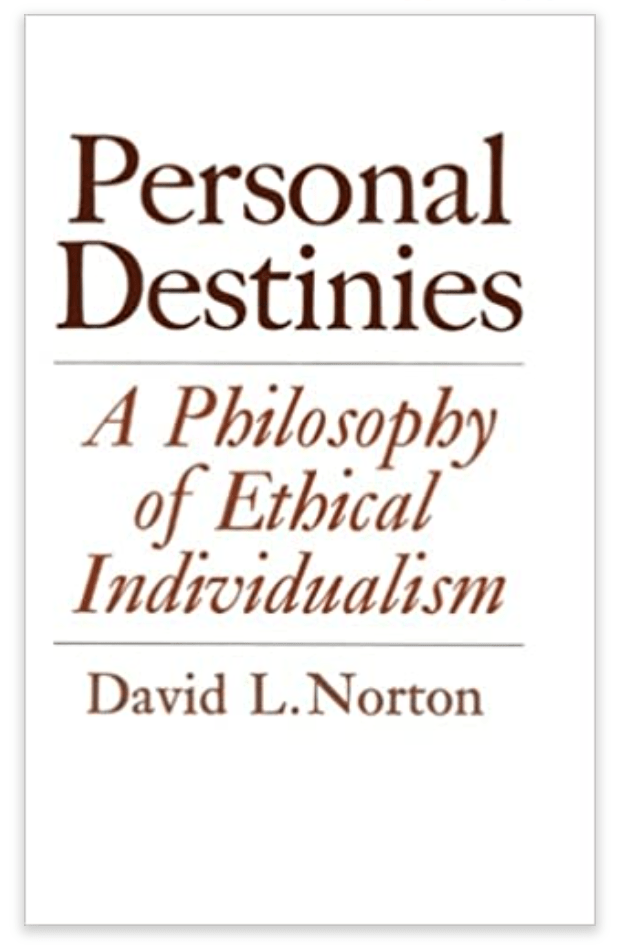
Any human characteristic must be complex, given the many differences between people including their opinions, experiences, and mental abilities. Creativity is one such concept; an idea that everyone understands but that no one can agree on. We know that it exists and is widely distributed, but we cannt agree on what it actually is. I have been crawling down this rabbit hole for my entire professional life and especially this last year as I have begun a doctoral program in Innovation and Education Reform at the University of Northern Colorado. In my last post, I tried to lay out all the concepts related to creativity and innovation in order to systematically explore them over the four years of my doctorate (and beyond). The first concept that needs tackling is to develop a working definition of creativity, then move on to a definition of innovation.

For my first semester EDF 670 course, I was required to complete a detailed doctorate-level literature review. I delved deeply into the research on creativity, going all the way back to a Creativity course I took in college back in 1982. The leading definition then was that creativity was a process for solving problems using a rational sequence of steps (more akin to the current definition of the engineering design process). In a political philosophy course during my masters degree program, I was required to read Personal Destinies: A Philosophy of Ethical Individualism by David L. Norton (1976, Princeton University Press). He used a Greek conception of creativity as an inner trait or drive (called the daimon) that must be expressed for an individual to become themself, the second great Socratic imperative. Everyone has individual talents or gifts that can be developed; these talents are commensurable, in that our society consists of many different people whose talents compliment each other. Further research has identified other definitions for creativity, such as a great deal of research I did on creativity as flow, a mental state where skills balance challenge as proposed by Mihaly Csikszentmihalyi.
While preparing for this blog post two weeks ago, I researched websites that attempted to define creativity, thinking that I might find some alternative explanations beyond what was in the literature. I came across a website from Dr. Donna Hardy at Cal State Northridge who taught a course in the Psychology of Creativity (Psych 344/444) from 1997 through 2010 and asked her students to provide their own definitions of creativity, which were posted on the site at: (http://www.csun.edu/~vcpsy00h/creativity/survey.htm).
I have downloaded these definitions and analyzed them to develop an expanded list of possible approaches to creativity, including those I had already identified from my literature review. This resulted in a list of nine possible definitions. With these in hand, I went back through the student survey and tallied which categories their definitions fit into. In some cases the choice was obvious, but in others the definitions fit into more than one category, so I gave them multiple tallies. It was an admittedly subjective process, and the definitions are not mutually exclusive and possibly not comprehensive. There could still be other definitions that I have not considered. There were some students who refused to define creativity or said it was undefinable, used a tautology to define it (such as “creativity is the act of being creative”), or said that it was different for every person. I created a category 0 for these non-definitions. Altogether 548 students wrote their own definitions, of which I recored 748 tallies.
The nine definitions I came up with are as follows:
Categories of creativity definitions:
0. Undefinable, or refused to define, or said that it has a different definition for each person
- An innate personality trait, skill, talent, drive, need, passion, daimon, muse, or genius. There exists a commensurability of talents where each person has a different set of gifts. It is a human characteristic that cannot be taught, but it can be enhanced, encouraged, or diminished.
- constellation of cognitive or mental skills that can be taught, practiced, and improved.
- A mode of thought or frame of mind that is autotelic (self-rewarding) including imagination, exploration, conceptualization, appreciation of beauty, spirituality, visualization, and flow (when there is a balance of skills and challenge).
- A process or series of steps that can be rationally and sequentially followed and which is informed by experience and intellect. The problem-solving process.
- A moment of insight, clarity, or inspiration – the “Ah hah!” moment. This usually follows a period of incubation.
- Ideation or fluency with generating many new and unique ideas through synthesis and the creation of greater complexity. Brainstorming; conceiving that which does not yet exist or making something from nothing.
- Thinking outside the box, open-mindedness, breaking boundaries, originality, divergent or unconventional thinking, mental challenge, and conceptual blockbusting. Seeing things in a new way.
- Persistence and resourcefulness in bringing a final useful, socially valuable, or aesthetically pleasing tangible product from conception to fruition; innovation.
- Self-expression, artistic expression, individuality; one’s personality or feelings and emotions made manifest which resonates with the emotions of others. An outlet for the soul; self-discovery, empowerment, fun, and play.
These definitions are a work in progress, and I will continue to tweak them until I am satisfied they are good enough to start doing some serious research with. I would like to do a survey through both of my blog sites and of teachers I know. There is still a lot of overlap between some of the categories. I think putting them all together, I am approaching a fairly comprehensive definition of such a complex human characteristic, but I haven’t quite arrived yet.
After tallying the categories, the results are shown in the table below:

The most commonly held definition of creativity by the college students in the Psych 344/444 class was that creativity is self-expression or artistry, an outlet for feelings, emotions, and personality. It is individuality, self-discovery, empowerment, fun, and play. 28.07% of the students wrote some variation on this definition. It may be too broad of a category and in need of subdividing; it is too tempting to use it as a “grab bag” for all definitions that don’t fit elsewhere. The next most common definition was that creativity is open-mindedness, thinking outside the box, unconventionality, and divergent thinking with 19.52%. The third most common definition was that creativity is the act of ideation or the development of new and unique ideas through brainstorming, synthesis, and greater complexity (complexification?) with 15.37%.

Other definitions were not as common, with some showing only a low percentage of usage, the lowest being Definition 5, where creativity is the moment of insight, inspiration, or sudden clarity at 2.14%. Although this is the least common category, I included it because there are a number of well-documented cases in the literature of moments of insight following long incubation, such as the famous example of the discovery of the structure of benzene by August Kekule.
There was no demographic information provided other than the students’ names. Cal State Northridge is in an ethnically diverse part of northern San Fernando Valley, and the students’ names suggest that their classes are also ethnically diverse, as do the photographs provided of student projects. I do not know if the Northridge students have provided significantly different definitions than students at other universities would. I tallied the various semester classes in two groups; the first 12 semesters from 1997 through 2003 and the final 11 semesters from 2004 through 2010. For most of the categories the results are not significantly different, but there is a slight increase in defining creativity as self-expression and a decrease in defining it as an act of imagination. I have not tried to calculate standard deviations or do any sophisticated Chi-squared or other tests. The subjective nature of my categories is not scientific enough to warrant that kind of analysis. I simply wanted to develop definitions that could be used for further studies that will be more statistically valid. I am thinking ahead to my dissertation, which will center around the need for and practices of teaching creativity in science classrooms.
I will try to unpack the details of each definition and give some backup literature in my next post. Eventually, the core of what I am writing and speculating on here will find its way into Chapter 2 of my dissertation. I still have a long way to go, but this is a necessary first step. I hope you don’t mind my taking you along with me.